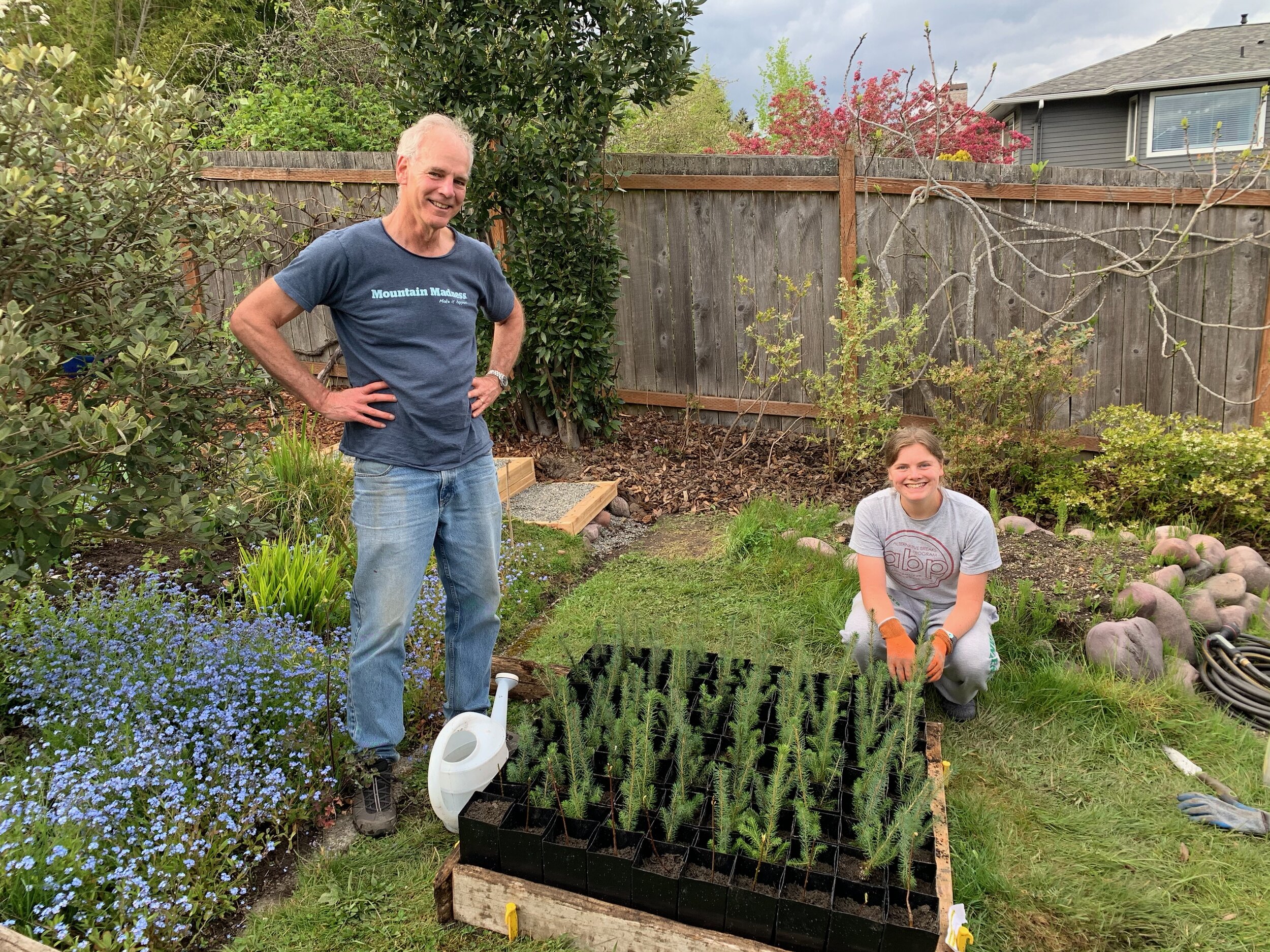Habitat Restoration?
Why Is Restoring Native Forest Habitat Important?
Introduction
As the growing human population spreads over more of the earth, many plant and animal species are being driven into extinction by destruction of their habitats. Ironically, the loss of these species will ruin the habitats that humans need to survive. What can we do to stop this?
While it’s not possible to reverse all the destruction, it turns out that many species can die out from the loss of only very small amounts of “critical habitat” they depend on. Strategically restoring these small areas of critical habitats can sometimes save a species from extinction.
What is “Critical Habitat”?
In the Pacific Northwest, the best examples are the lands located along streams and rivers, like forested shorelines, floodplains and tidal wetlands. These lands were originally shrubby or forested banks or wetlands. They provided important benefits to salmon like cooling waters with the shade of native trees and shrubs, and shallow, protected aquatic habitat for baby and adult fish. These shaded shorelines and old river channels in the wetlands are where baby salmon feed on plants and insects, hide from predators, and escape the fast moving water during periods of high stream flow in the main river channel. The baby salmon that hatched far upstream return to the sea, they need these habitats at regular intervals along the stream so they can evade predators, feed and grow strong before entering the open ocean where they will grow to adults. The adults also need these habitats and cool water when they return from the sea to swim up the river and spawn.
Unfortunately, large proportions of these forested riverbank and wetland habitats have been destroyed in the Puget Sound area as humans developed them for agriculture, housing, or industry. Often, salmon in a particular stream may have most of the habitat they need, but all it takes to drive a stream’s salmon population into extinction is significant loss of one type of critical habitat that is a vital link in the chain of habitats they need as they progress through their life cycle.
How can Critical Habitat Be Restored?
This developed land along rivers is often broken up into small plots owned by private individuals or public institutions. Scientists and habitat restoration organizations have realized that restoring natural habitat on strategically located small plots of land can benefit endangered species if they are many of them, spaced at intervals along the course of the river. Sometimes natural habitat can be restored by removing buildings or paving, sometimes it is necessary to remove levees that were built to confine the river in a narrow channel, allowing seasonal flooding to once again flow out onto the adjacent floodplain or backchannels. (Removing levees and allowing high waters to flow out onto floodplains also reduces flooding of developed land.) But it is usually necessary to remove aggressive invasive plants and re-establish populations of native vegetation by planting the desired seedlings.
The challenge is that candidate properties must be located and their owners must be willing to allow the restoration work to be done or to sell the land. Then the habitat restoration workers must do the labor intensive work of removing invasive plant species and replanting with native plants. They then need to care for the restored areas for a few years to prevent the invasive plants from returning and to insure the survival of the native plants. Once enough critical habitat is in place for the needs of each phase of the salmon’s life cycle, it becomes possible for their populations to recover.



